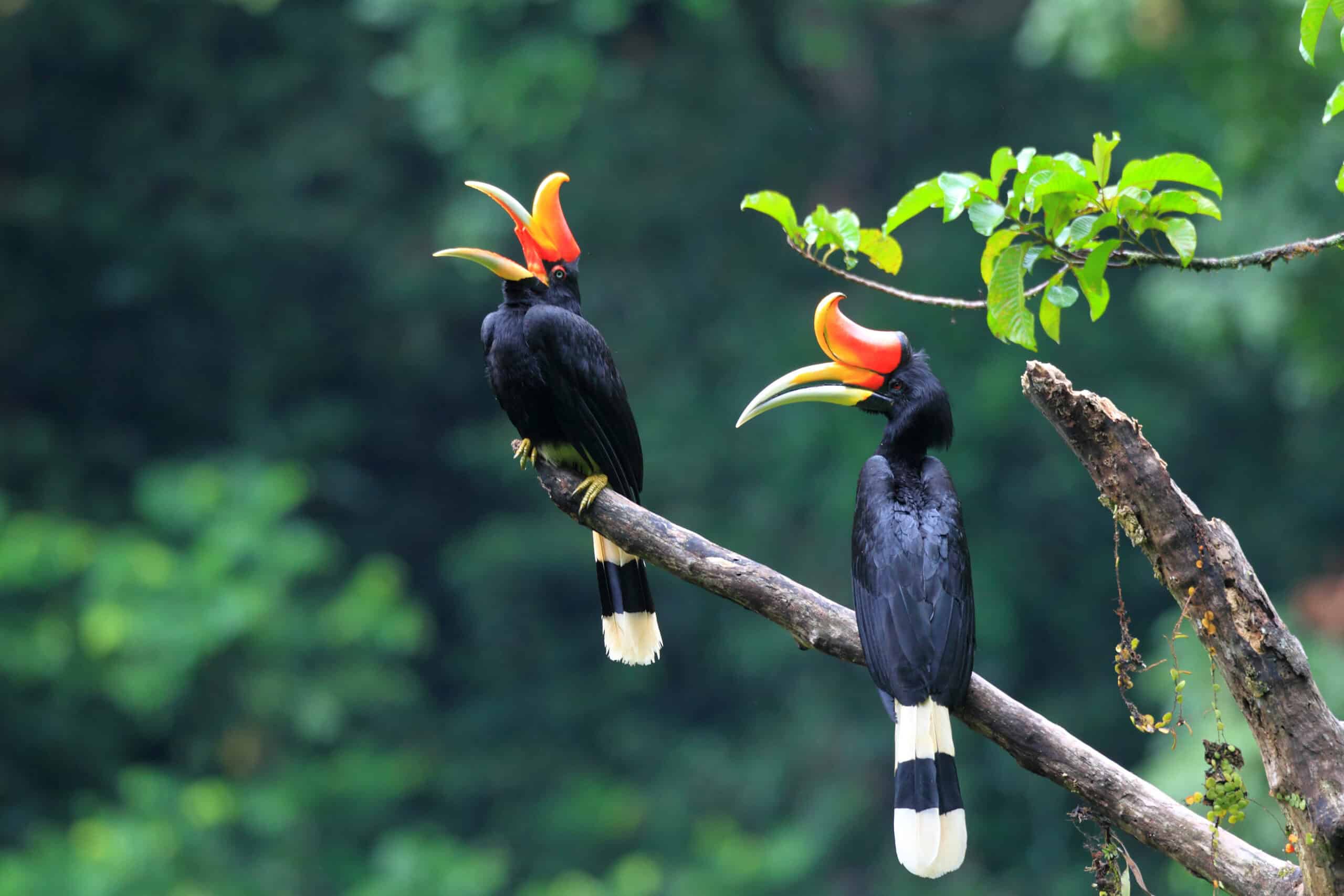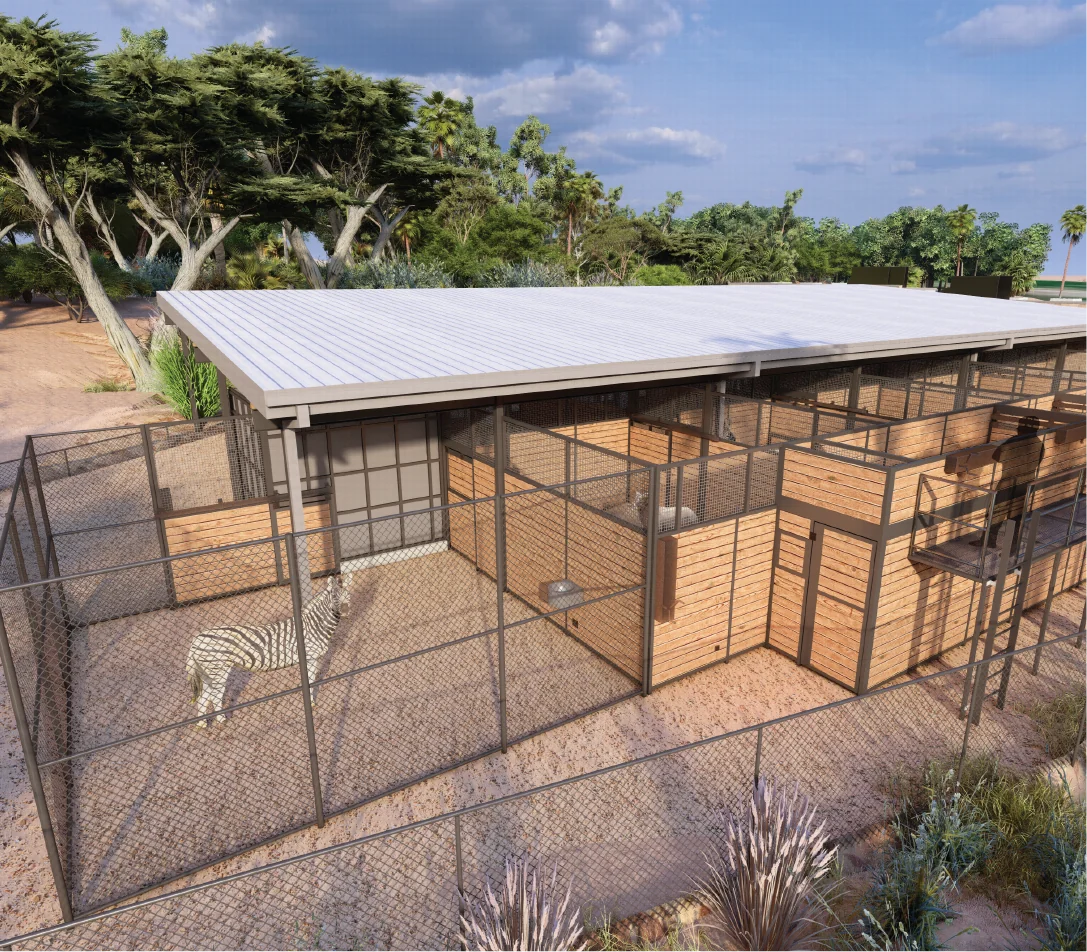Rhinoceros hornbill
Buceros rhinoceros
Loud Banana Head
The first feature that most people notice about rhinoceros hornbills is the very large and brightly colored ornament that resembles a banana on top of their head. This large structure is known as a casque and is used to regulate temperature and project vocalizations. Their calls resonate through the hollow chamber of the casque and are projected vast distances across the rainforest canopy.
Stuck at Home for Months
Rhinoceros hornbills pair for life and have a unique breeding strategy that requires a strong bond between them. At the start of the rainy season, the pair will investigate tree hollows to find the perfect home to raise their young. When the female finds one she likes, she will enter the cavity and seal herself inside. She will lay her eggs and raise the chick in the safety of the cavity. For nearly two months, she relies completely on her mate to bring back food for her and the chick until the chick is ready to fly.
Fig Farmers
Despite their imposing appearance, hornbills mostly eat fruit. Hornbill species eat so much fruit that they are among the main seed dispersers of their habitats, helping to reseed the rainforest one dropping at a time. Rhinoceros hornbills really love figs. In the wild, a fruiting fig tree can be found by following the raucous calls of rhinoceros hornbills descending on the feast!

Diet: insects, lizards, small mammals, fruits, nuts
Zoo Diet: hornbill fruit salad, whole prey/mice
Habitat: rainforests
Weight: 4-7 lbs



Plan your visit today!
The Phoenix Zoo is one of the largest non-profit zoos in the U.S., caring for over 3,000 animals, with nearly 400 species represented, including many threatened/endangered species.

Plan your visit today!
The Phoenix Zoo is one of the largest non-profit zoos in the U.S., caring for over 3,000 animals, with nearly 400 species represented, including many threatened/endangered species.








